Home>Home Appliances>Laundry Appliances>Who Invented The First Electric Washing Machine
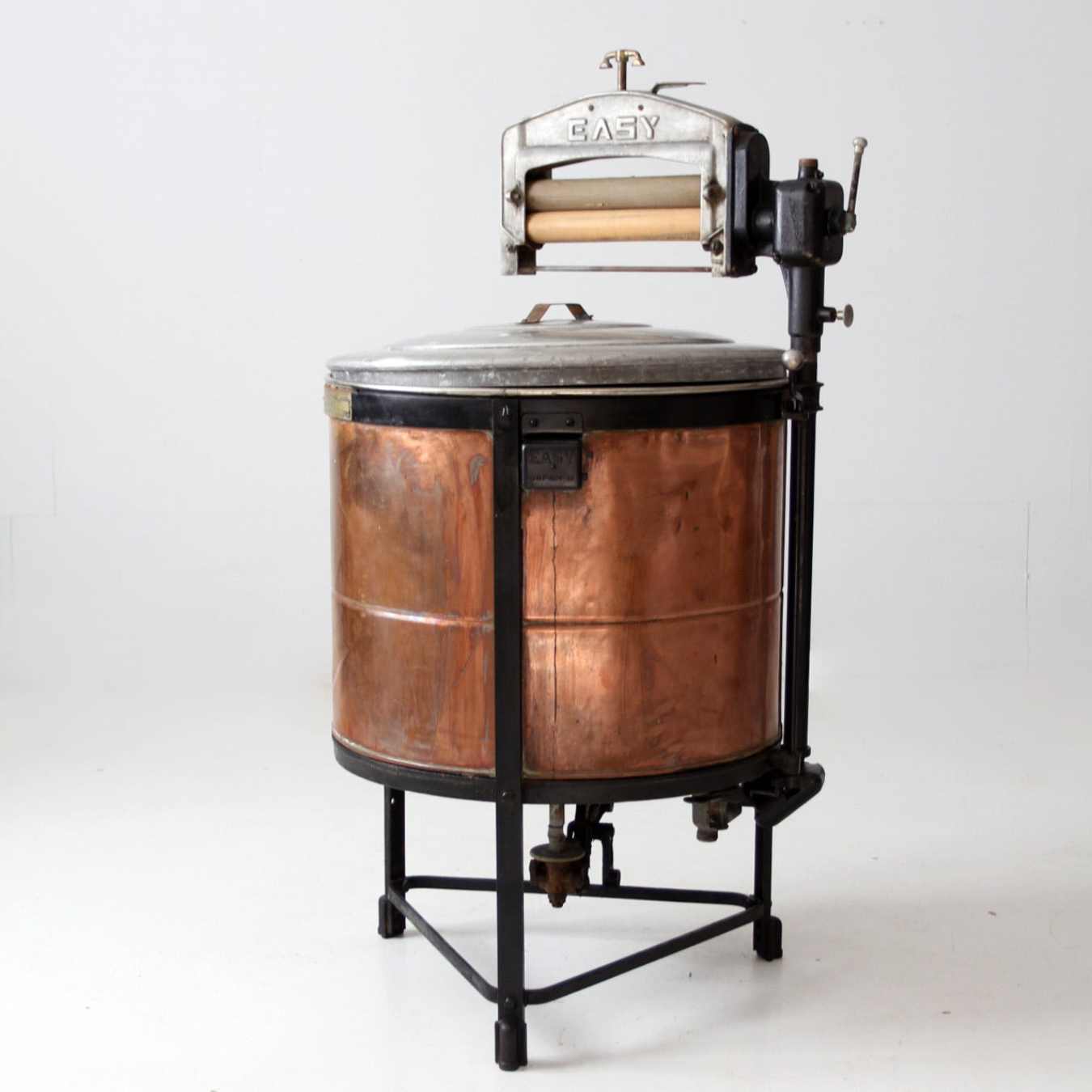

Laundry Appliances
Who Invented The First Electric Washing Machine
Published: February 20, 2024
Learn about the history of laundry appliances and the invention of the first electric washing machine. Explore the evolution of laundry technology.
(Many of the links in this article redirect to a specific reviewed product. Your purchase of these products through affiliate links helps to generate commission for Storables.com, at no extra cost. Learn more)
Introduction
The invention of the electric washing machine revolutionized the way people approached laundry, making the arduous task of washing clothes significantly more convenient and efficient. This groundbreaking innovation not only saved time and effort but also paved the way for the modern laundry appliances that we rely on today. Exploring the origins of the electric washing machine allows us to appreciate the ingenuity and foresight of the individuals who contributed to its development. From early attempts at mechanized laundry to the emergence of the first electric washing machine, the journey of this essential household appliance is a testament to human creativity and the pursuit of convenience. Let's delve into the fascinating history of the electric washing machine and uncover the remarkable advancements that have shaped the way we approach laundry chores.
Key Takeaways:
- The first electric washing machine, the Thor, was invented in 1908, revolutionizing laundry with its electric motor and setting a new standard for convenience and efficiency.
- Electric washing machines have evolved to save time, promote cleanliness, and embrace sustainability, making laundry easier and more eco-friendly for modern households.
Read more: Who Invented The First Electric Toothbrush
Early Attempts at Mechanized Laundry
Before the advent of electric washing machines, the quest for mechanized laundry solutions dates back to ancient times. The desire to streamline the laborious task of washing clothes has been a driving force behind numerous innovations throughout history. One of the earliest known attempts at mechanized laundry can be traced back to ancient civilizations, where garments were cleaned using various manual methods such as pounding, rubbing, and scrubbing.
The Industrial Revolution marked a significant turning point in the pursuit of mechanized laundry. During this era, inventors and entrepreneurs sought to capitalize on the growing demand for labor-saving devices. As a result, a range of mechanical washing devices emerged, aiming to alleviate the physical strain associated with hand washing. These early contraptions utilized hand-cranked mechanisms and lever systems to agitate and rinse the laundry, offering a glimpse into the future of automated laundry technology.
In the 18th and 19th centuries, advancements in engineering and manufacturing led to the development of more sophisticated washing machines. These early models featured hand-operated wringers and wooden tubs, representing a notable departure from traditional hand washing methods. While these innovations marked a significant leap forward in laundry technology, they were still reliant on manual labor and lacked the convenience and efficiency that electric washing machines would later provide.
The transition from manual to mechanized laundry continued to evolve, with inventors experimenting with various power sources to drive washing machine mechanisms. Water wheels, steam power, and even early forms of electricity were explored as potential sources of energy to automate the laundry process. These pioneering efforts laid the groundwork for the eventual introduction of the electric washing machine, setting the stage for a transformative leap in household laundry technology.
The era of early mechanized laundry represents a crucial phase in the evolution of washing machines, showcasing the persistent drive to innovate and improve the efficiency of laundry tasks. These early attempts at mechanized laundry, while not yet harnessing the full potential of electric power, set the stage for the groundbreaking advancements that would soon revolutionize the way we approach laundry.
The First Electric Washing Machine
The first electric washing machine marked a pivotal moment in the history of laundry appliances, ushering in a new era of convenience and efficiency. The transition from manual and mechanized washing methods to the introduction of electric power represented a significant leap forward in the evolution of laundry technology. The quest for a more automated and less labor-intensive laundry solution culminated in the creation of the first electric washing machine, a milestone that transformed the way households approached the task of cleaning clothes.
The emergence of the first electric washing machine can be attributed to the innovative spirit and engineering prowess of inventors and visionaries. In the early 20th century, as electricity became more accessible and its potential applications expanded, the idea of harnessing electric power to drive washing machine mechanisms gained traction. This shift towards electrically powered appliances laid the groundwork for the development of the first electric washing machine, setting the stage for a transformative breakthrough in household laundry technology.
One of the pioneering electric washing machines, the Thor, was introduced in 1908 by the Hurley Machine Company. This groundbreaking appliance, designed by Alva J. Fisher, featured an electric motor that drove the agitator, eliminating the need for manual intervention during the washing process. The Thor electric washing machine represented a paradigm shift, offering unparalleled convenience and setting a new standard for household laundry appliances.
The introduction of the first electric washing machine revolutionized the domestic laundry landscape, streamlining the process of cleaning clothes and reducing the physical exertion traditionally associated with hand washing and manual washing machines. The convenience and time-saving benefits offered by electric washing machines quickly gained widespread recognition, leading to their rapid adoption in households across the world.
The success and impact of the first electric washing machine paved the way for further advancements in laundry technology, spurring ongoing innovation and refinement in the design and functionality of washing machines. Subsequent iterations of electric washing machines continued to evolve, incorporating new features and technologies to enhance performance and user experience.
The advent of the first electric washing machine marked a watershed moment in the history of laundry appliances, demonstrating the transformative power of technological innovation in simplifying and improving everyday household tasks. This milestone not only revolutionized the way people approached laundry but also laid the foundation for the modern washing machines that have become indispensable fixtures in homes worldwide. The legacy of the first electric washing machine endures as a testament to human ingenuity and the relentless pursuit of convenience and efficiency in domestic chores.
The first electric washing machine was invented by Alva J. Fisher in 1908. He patented the design and it revolutionized the way laundry was done at home.
Impact and Evolution of Electric Washing Machines
The introduction of electric washing machines had a profound impact on household chores, revolutionizing the way people approached laundry tasks. The convenience and efficiency offered by electric washing machines transformed the domestic landscape, freeing individuals from the labor-intensive and time-consuming process of hand washing and manual washing machines. This pivotal shift in laundry technology not only alleviated the physical strain associated with laundry but also significantly reduced the time and effort required to maintain clean and fresh-smelling clothes.
The evolution of electric washing machines has been characterized by continuous innovation and technological advancements aimed at enhancing performance, energy efficiency, and user experience. Over the years, washing machine designs have evolved to incorporate a diverse range of features, including automatic water level sensors, multiple wash cycles, energy-saving modes, and advanced spin technologies. These developments have not only improved the cleaning efficacy of electric washing machines but have also contributed to greater convenience and resource conservation.
The widespread adoption of electric washing machines has had a far-reaching impact on household dynamics, empowering individuals to manage their laundry needs more efficiently. The time-saving benefits offered by electric washing machines have afforded people the opportunity to allocate their time and energy to other pursuits, contributing to a more balanced and productive lifestyle. Furthermore, the availability of electric washing machines has played a significant role in promoting hygiene and cleanliness, ensuring that households can maintain a high standard of garment care with minimal effort.
The evolution of electric washing machines has also been influenced by a growing emphasis on sustainability and environmental responsibility. Modern washing machines are designed to minimize water and energy consumption, incorporating eco-friendly features that align with the principles of conservation and eco-conscious living. This commitment to sustainability underscores the ongoing evolution of electric washing machines, reflecting a conscientious approach to reducing the environmental impact of household appliances.
In addition to technological advancements, the evolution of electric washing machines has been shaped by changing consumer preferences and lifestyle demands. Manufacturers have responded to evolving needs by introducing smart washing machines equipped with connectivity features, intuitive controls, and personalized settings. These innovations cater to the modern consumer's desire for seamless integration of technology into everyday tasks, further enhancing the utility and appeal of electric washing machines.
The impact and evolution of electric washing machines continue to unfold, driven by a commitment to innovation, efficiency, and sustainability. As these appliances undergo further refinements and advancements, they are poised to play an increasingly integral role in modern households, offering unparalleled convenience, performance, and environmental responsibility. The enduring legacy of electric washing machines underscores their enduring significance as indispensable tools for maintaining clean, fresh, and well-cared-for garments in homes around the world.
Conclusion
The journey of the electric washing machine from its early mechanized predecessors to the groundbreaking introduction of the first electric model has been a testament to human ingenuity and the relentless pursuit of convenience and efficiency in household chores. The impact of electric washing machines has transcended mere convenience, reshaping the way individuals approach laundry tasks and contributing to a more balanced and productive lifestyle.
The evolution of electric washing machines has been characterized by continuous innovation, technological advancements, and a growing emphasis on sustainability. From the introduction of the first electric washing machine to the development of modern, eco-friendly models, these appliances have undergone significant transformations to meet the evolving needs and preferences of consumers.
The enduring legacy of electric washing machines lies in their ability to streamline laundry tasks, promote hygiene and cleanliness, and contribute to a more sustainable and eco-conscious approach to garment care. As these appliances continue to evolve, incorporating advanced features and connectivity options, they are poised to play an increasingly integral role in modern households, offering unparalleled convenience, performance, and environmental responsibility.
The remarkable journey of the electric washing machine serves as a reminder of the transformative power of technological innovation in simplifying and improving everyday household tasks. As we reflect on the history and impact of electric washing machines, we gain a deeper appreciation for the individuals who contributed to their development and the enduring significance of these appliances in homes worldwide. The legacy of the electric washing machine endures as a testament to human creativity and the unwavering pursuit of convenience and efficiency in domestic chores.
Frequently Asked Questions about Who Invented The First Electric Washing Machine
Was this page helpful?
At Storables.com, we guarantee accurate and reliable information. Our content, validated by Expert Board Contributors, is crafted following stringent Editorial Policies. We're committed to providing you with well-researched, expert-backed insights for all your informational needs.
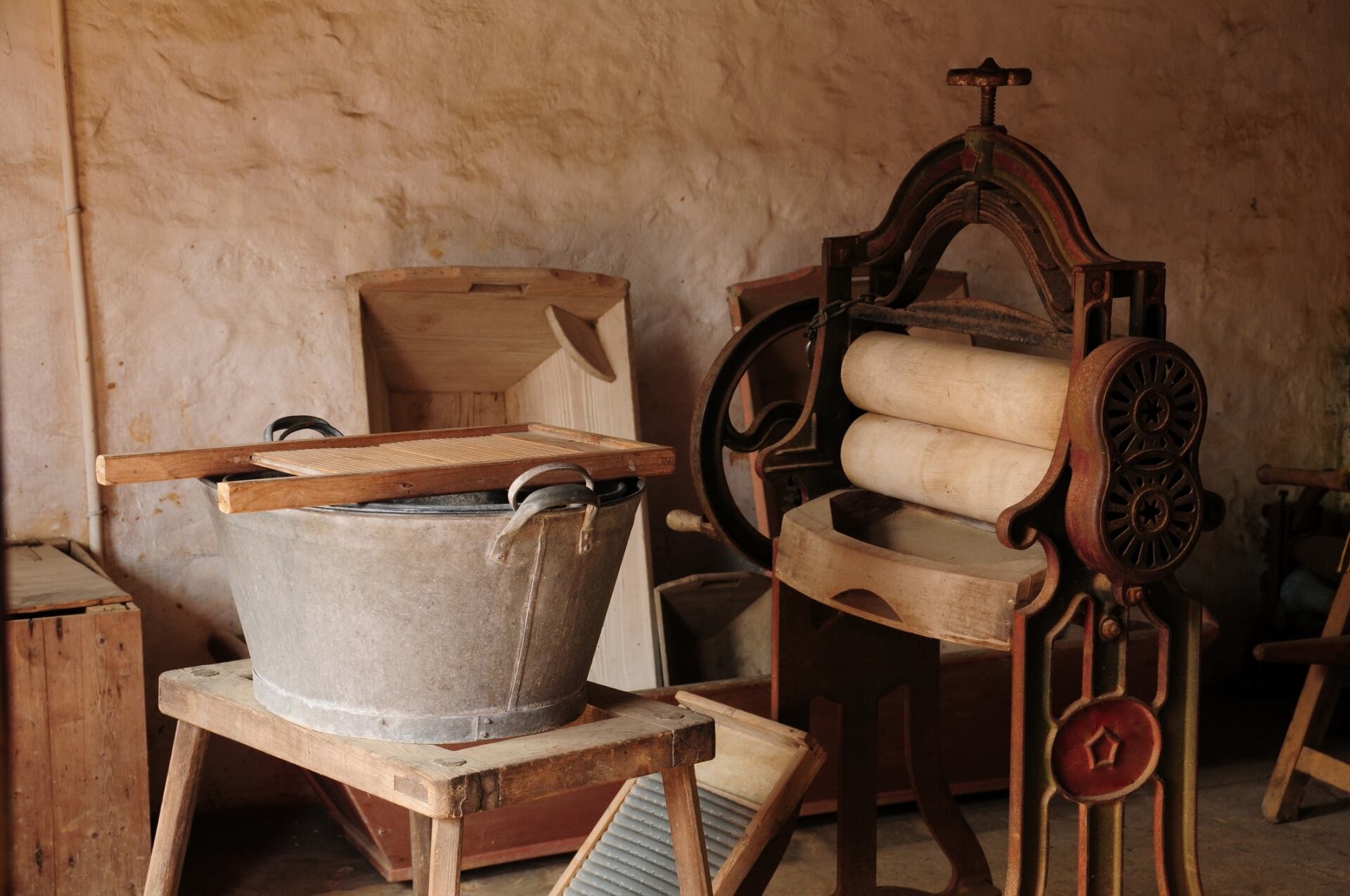



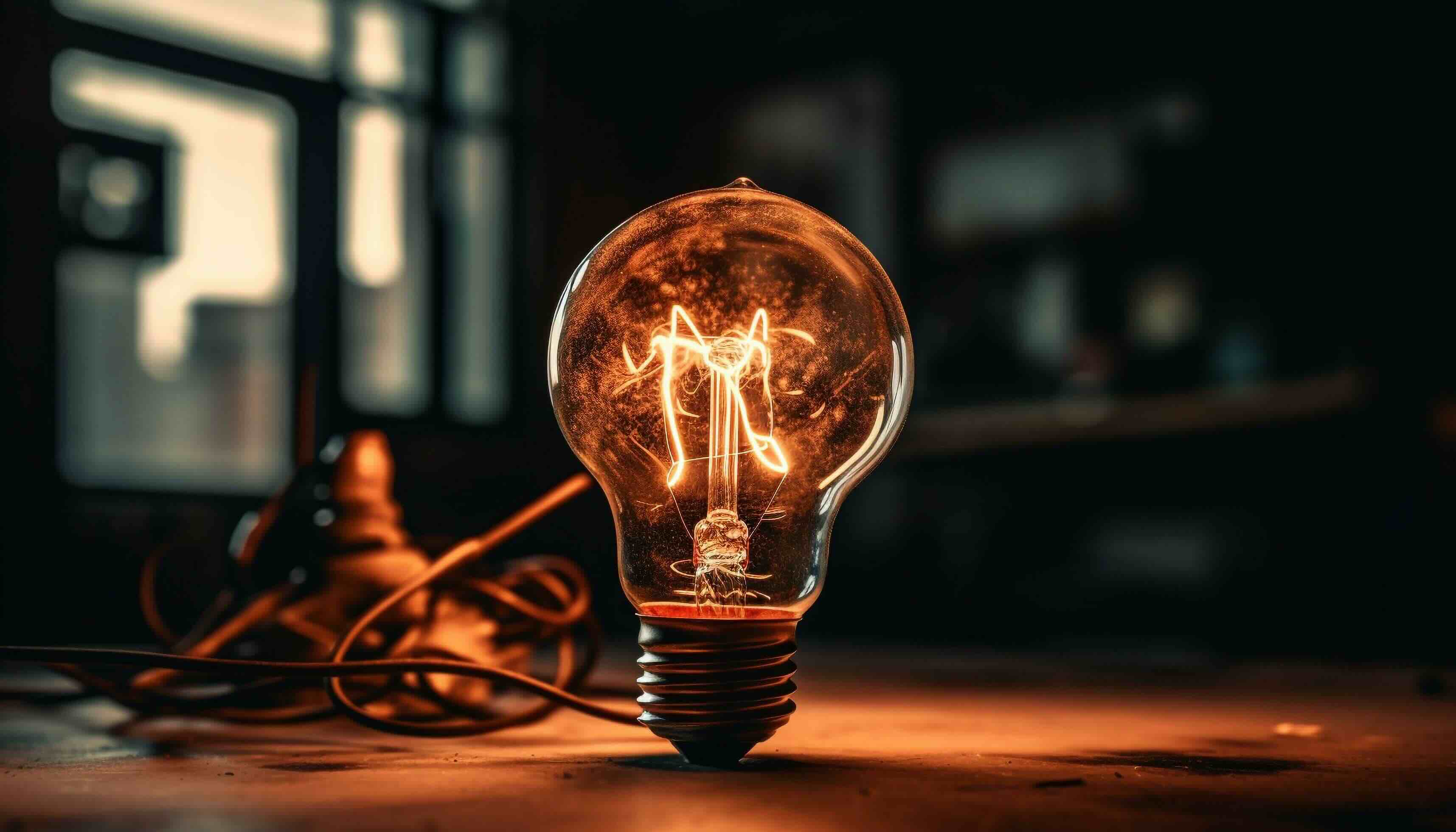
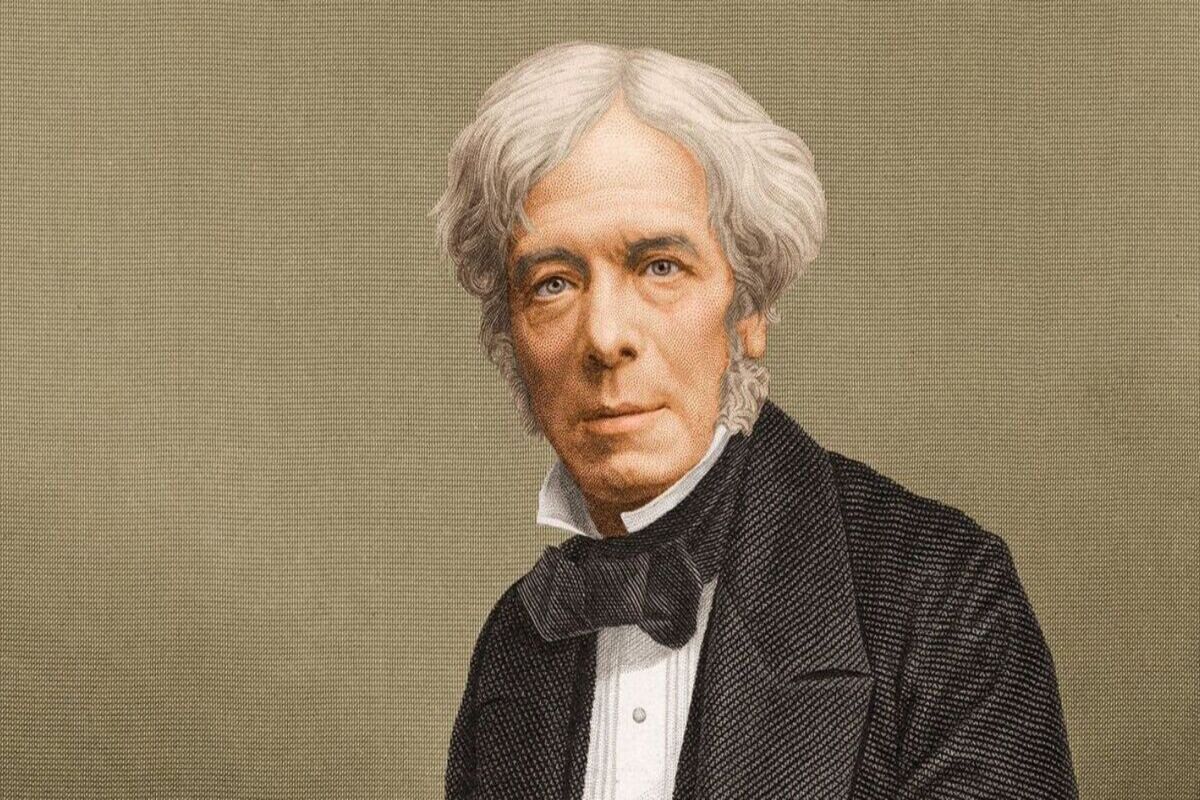



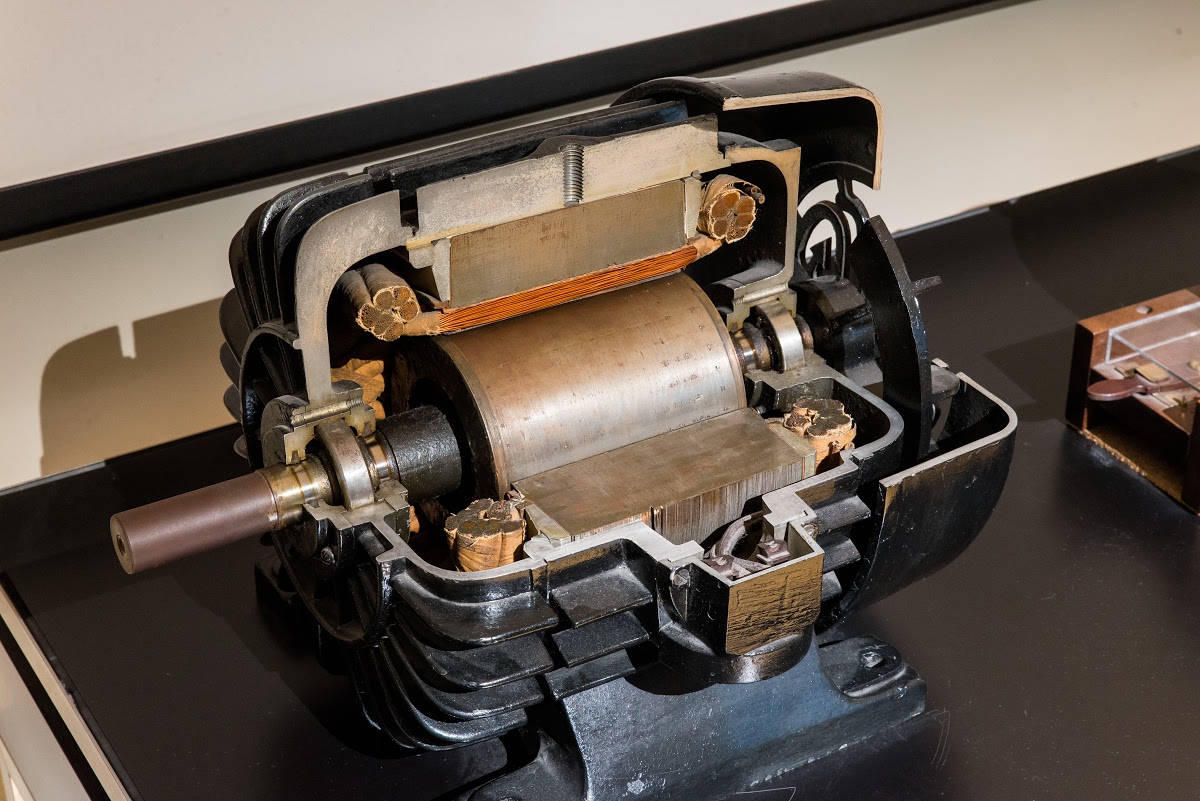
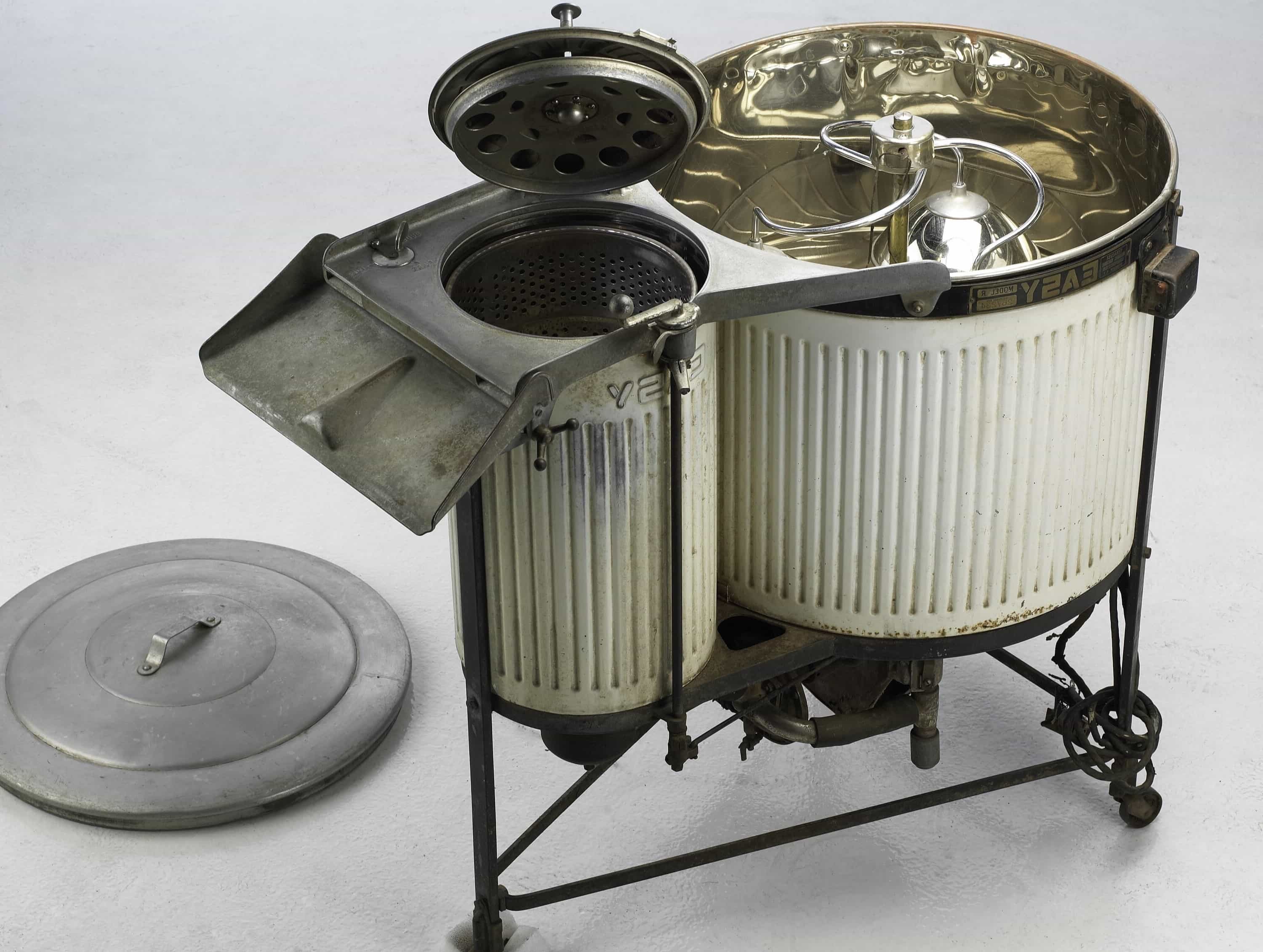

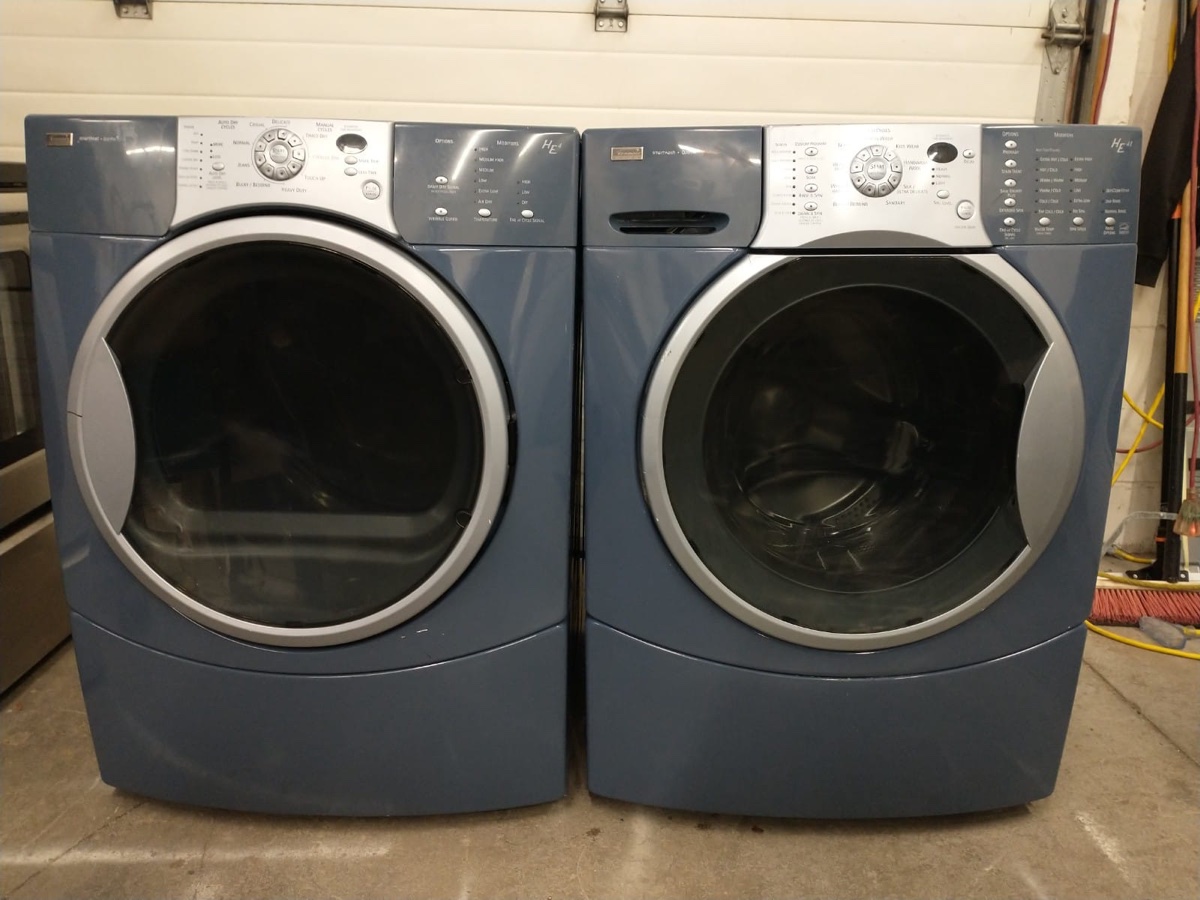
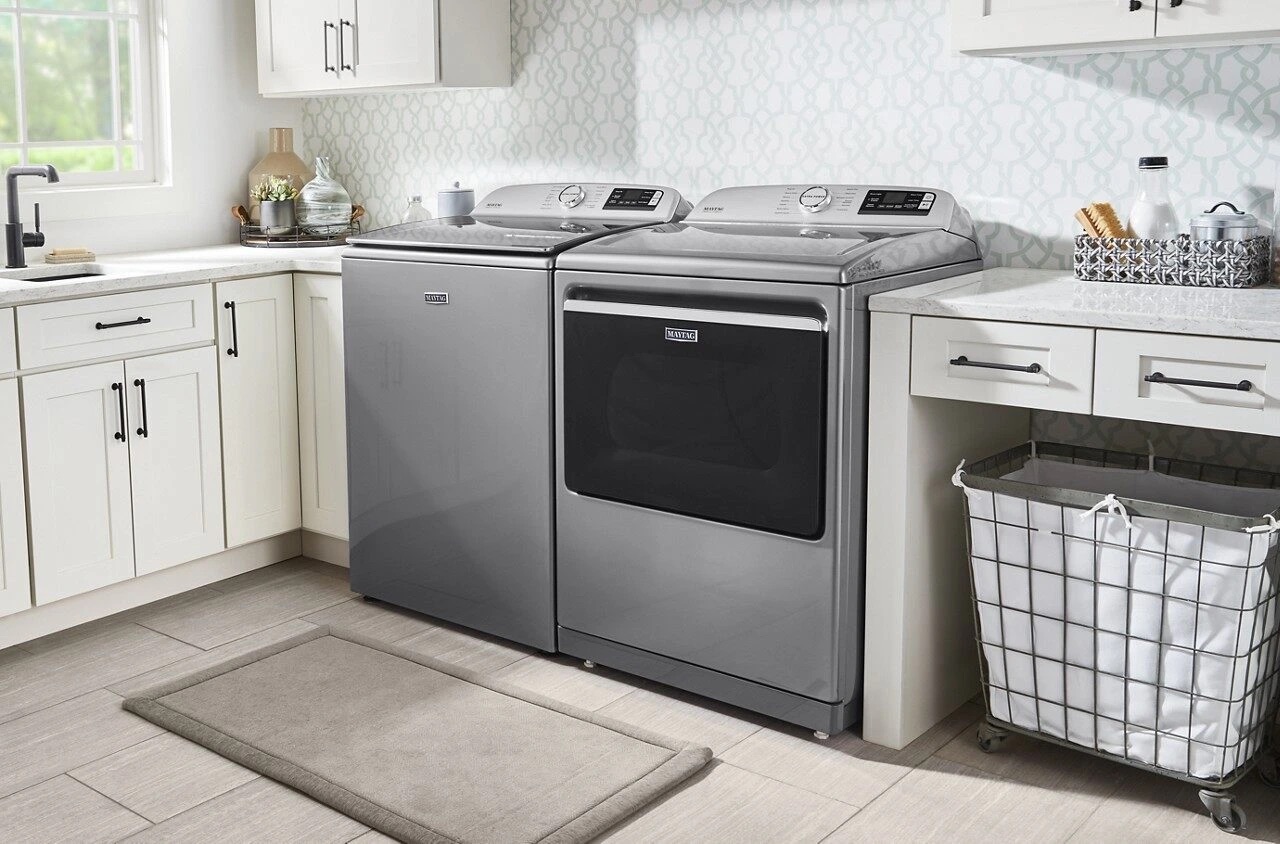
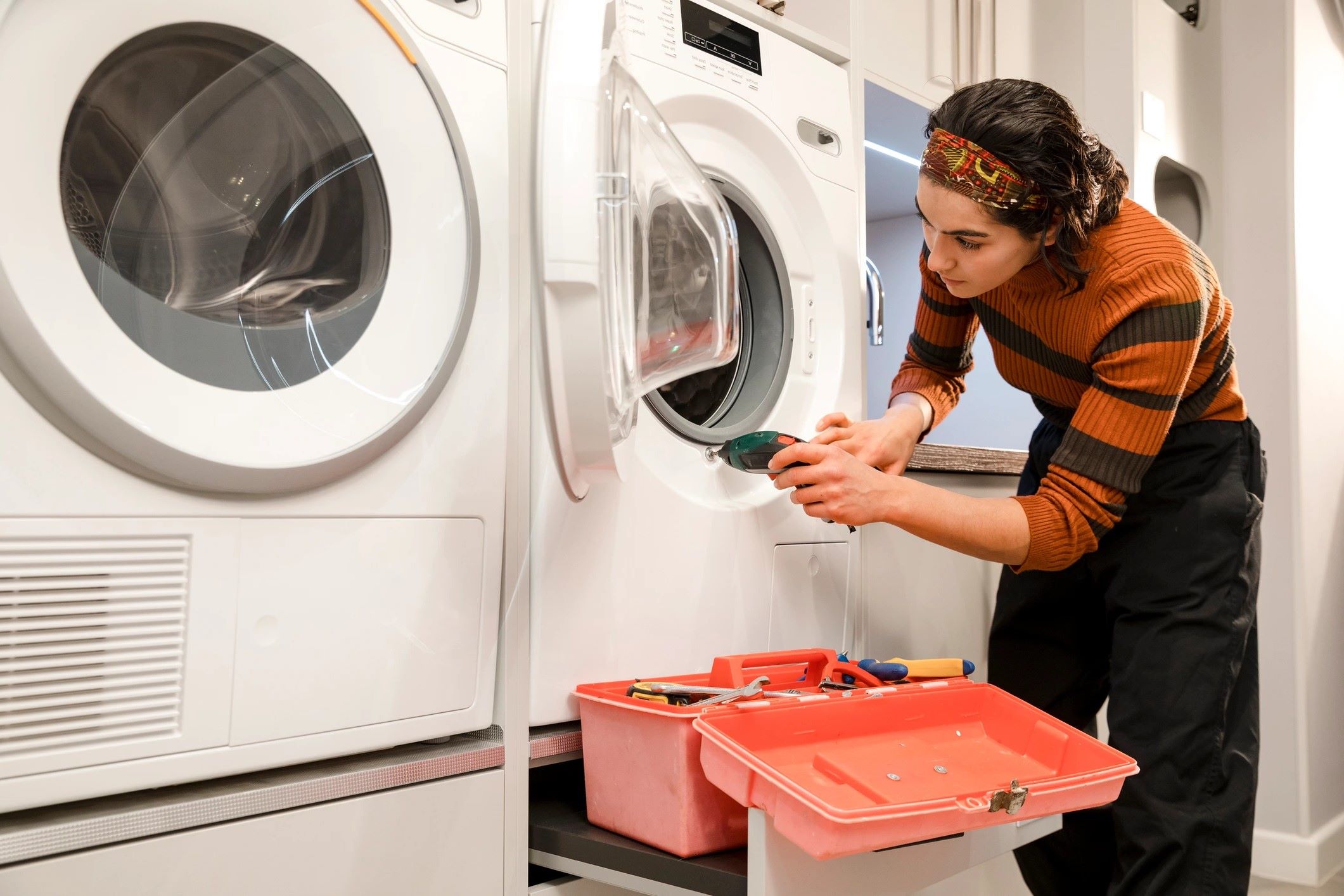

0 thoughts on “Who Invented The First Electric Washing Machine”